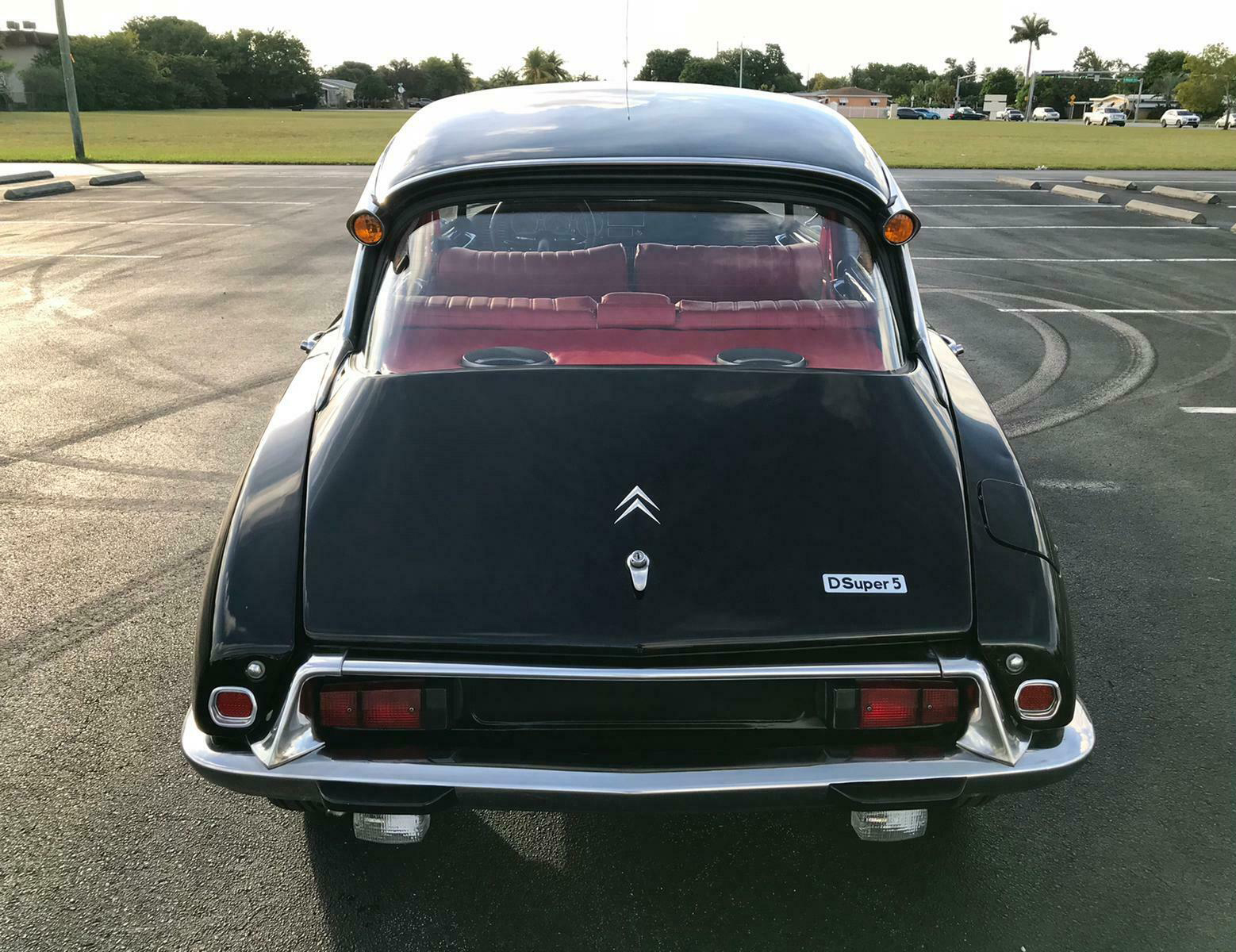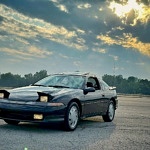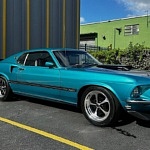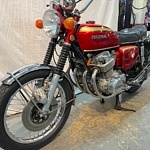A French presidential motorcade left the Élysée Palace on August 22, 1962. The procession consisted of two black Citroën DS19 sedans with two motorcycle escorts. The cars carried French President Charles de Gaulle, his wife Yvonne, and other dignitaries. A few minutes after 8:00 pm, 12 gunmen descended on the convoy.
The beautifully restored Citroën ID 20 for sale on eBay doesn’t have the DS’s luxury accoutrements—and it uses a standard manual transmission and brake pedal. But the ID features the DS’s life-saving suspension. It also matches the black shade of de Gaulle’s car.
Self-Leveling to the Rescue
On that fateful night in 1962, the assassins sprayed a hail of bullets at de Gaulle—puncturing two tires on his Citroën and shattering its rear window. Francis Marroux, the driver, hit the gas.
Despite having two blown tires on a wet road, Marroux accelerated out of the ambush. The two motorcycle escorts were killed, but news reports later revealed that 14 bullets struck de Gaulle’s car. De Gaulle later credited Marroux and the Citroën DS19’s unique suspension for saving his life.
Unlike virtually every other car in the world at the time, the Citroën DS employed a hydro-pneumatic suspension. The system consists of reservoirs of hydraulic liquid at each wheel, so the fully independent suspension is self-leveling. It kept the car flat, even though it had two blown tires. Furthermore, the lack of springs and shocks makes the suspension less prone to damage.
De Gaulle’s Gratitude
The Citroën DS was popular even before the infamous incident. The French automaker unveiled the model at the 1955 Paris Motor Show. The streamlined profile was a stunning departure from the extravagant tail-finned designs of the era.
Moreover, the hydro-pneumatic technology isn’t just limited to the suspension. Citroën uses high-pressure hydraulics for a self-proportioning brake system that prevents nosedives on hard stops. They are activated by a pressure-sensitive button rather than a brake pedal. The DS also employs hydraulic power steering and a hydraulically operated semi-automatic clutch-less gearbox.
De Gaulle reportedly vowed never to drive any other brand of car. And when Fiat tried to buy Citroën, he capped the shares the Italian giant could buy at 15 percent. There aren’t many classic cars that combine this much style, technology, and the well-earned reputation for saving a world leader’s life.




















